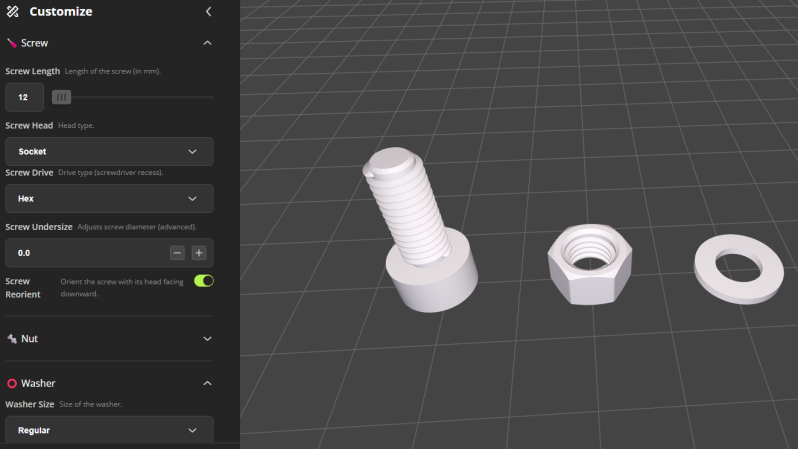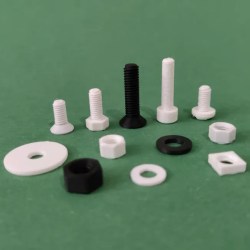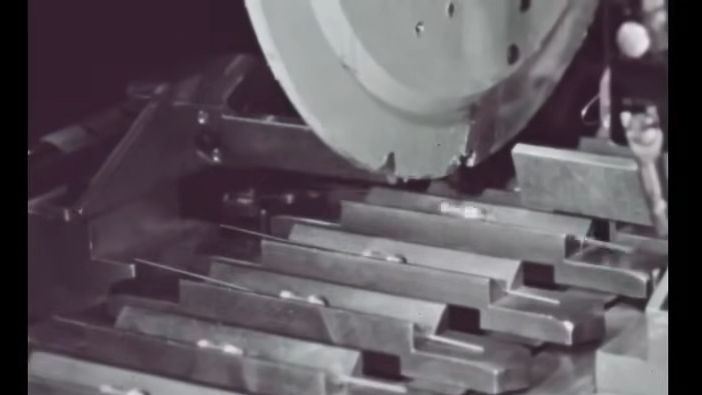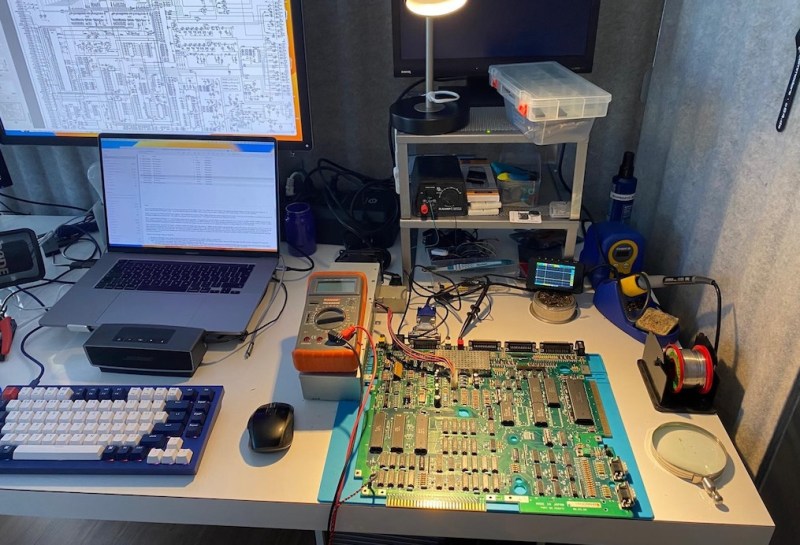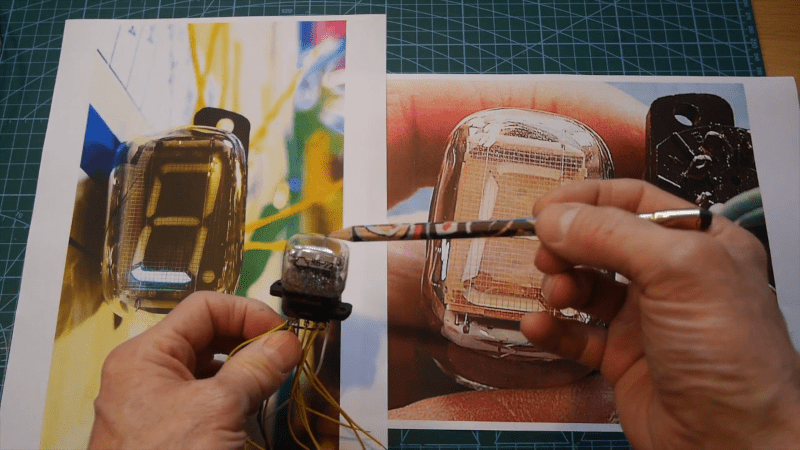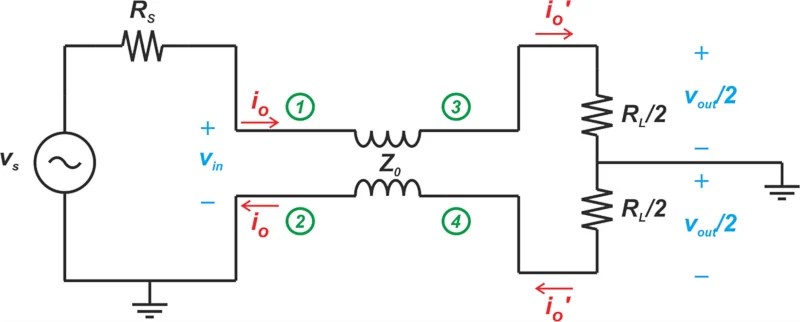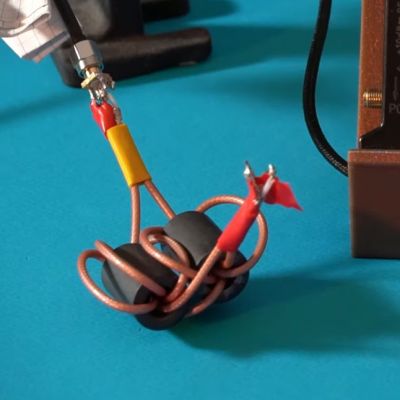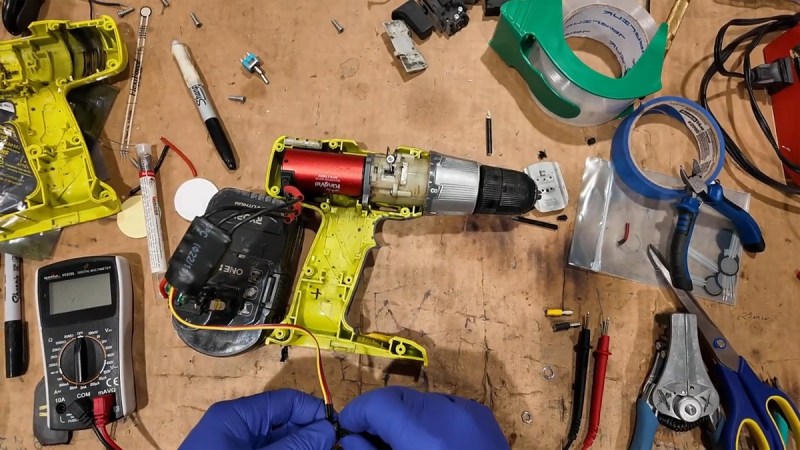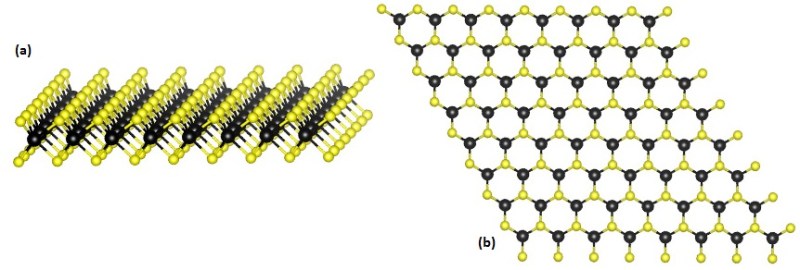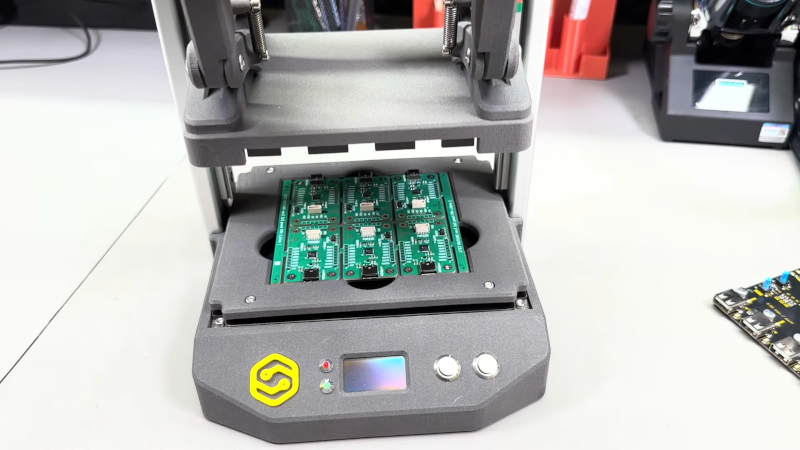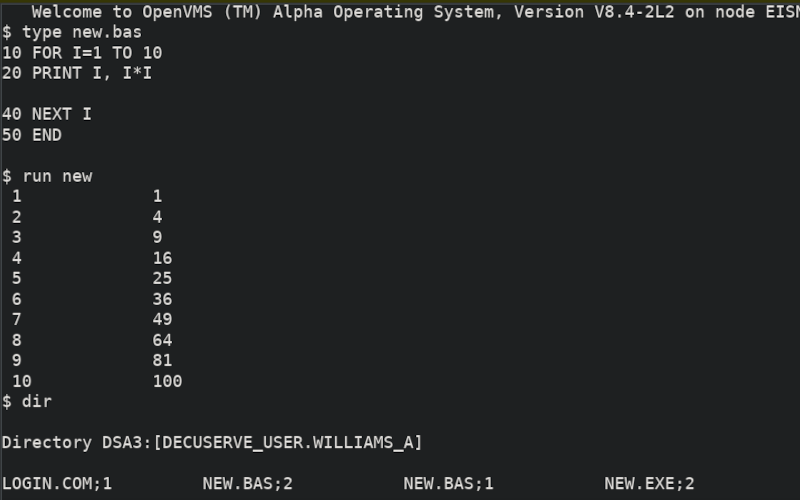A History of Copper Pours

If you compare a modern PCB with a typical 1980s PCB, you might notice — like [lcamtuf] did — that newer boards tend to have large areas of copper known as pours instead of empty space between traces. If you’ve ever wondered why this is, [lcamtuf] explains.
The answer isn’t as simple as you might think. In some cases, it is just because the designer is either copying the style of a different board or the design software makes it easy to do. However, the reason it caught on in the first place is a combination of high-speed circuitry and FCC RF emissions standards. But why do pours help with unintentional emissions and high-speed signals?
The answer lies in the inductance the pours add to the boards. Of course, there’s no free lunch. Adding inductance in this way also increases capacitance, which can be a bad thing.
The truth is, most of the boards we deal with would be fine with or without the pours. That’s a good thing, too, because the post illustrates how some common things can significantly reduce the effectiveness of the copper pours.
When we don’t send our boards out, we are usually more interested in removing copper. You also have to be careful when you want your PCB to radiate.
